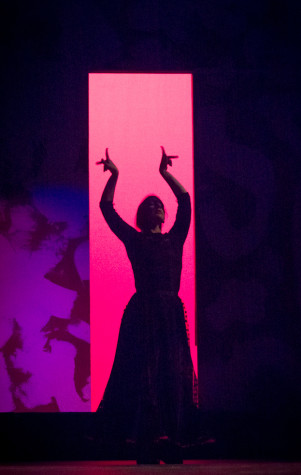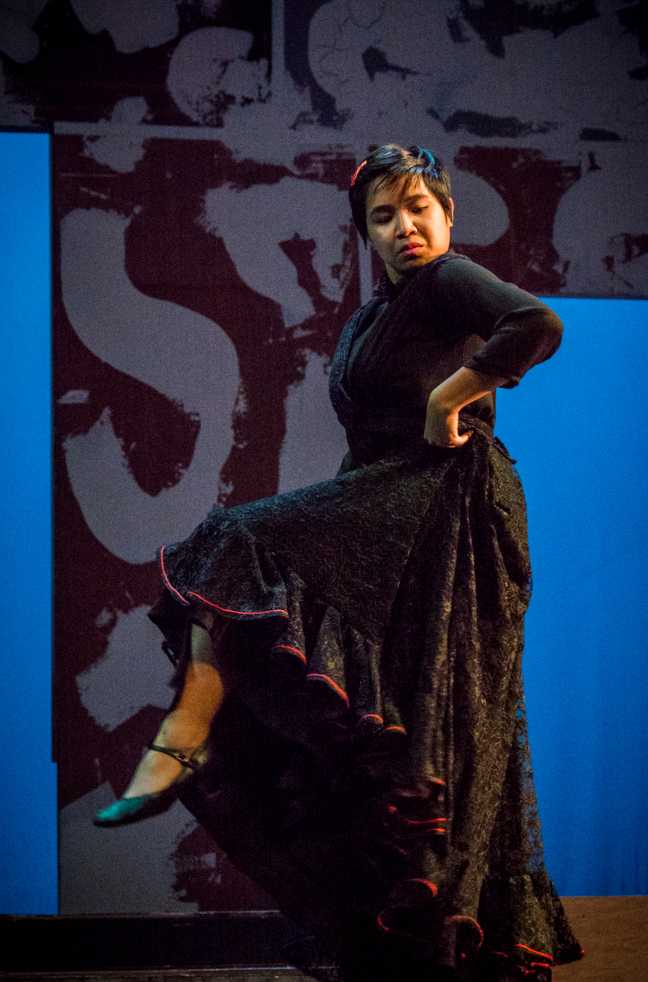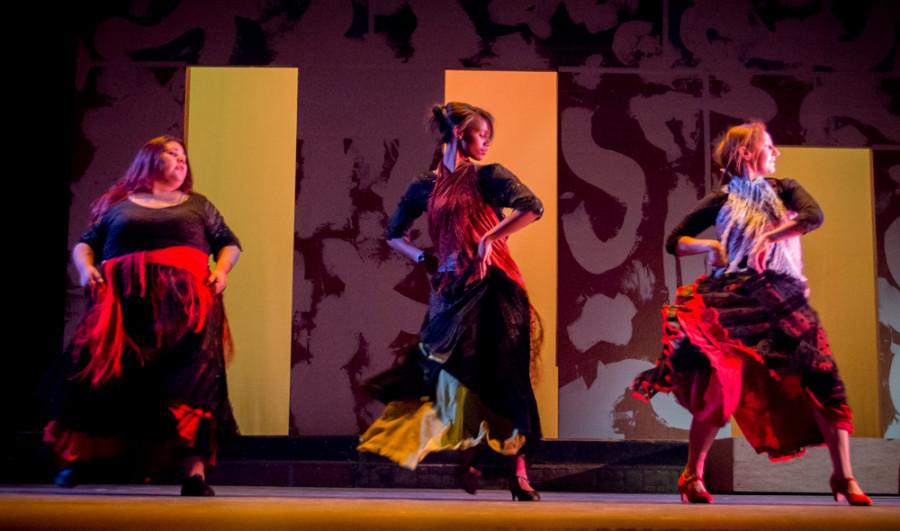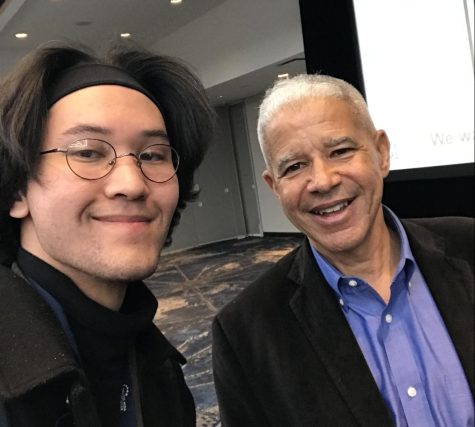CSUEB senior’s project takes on Flamenco
May 1, 2015
Katrena Cohea, who was raised in Benicia, started like many young dancers in ballet.
In her late teenage years, she was introduced to a Flamenco class from a friend. Her years of education in the Spanish dance stayed with her as she explored contemporary styles of dance in her 20s. Now a senior at California State University, East Bay, Flamenco has made its way back into Cohea’s life.
Friday’s opening night of the annual faculty dance production, this year titled “A House Divided,” features Dance Ensemble members, a full University Theatre on the CSUEB campus, and original choreography.

This project is very much a part of how I go about creating dance.
— Nina Haft
However, behind the scenes looks a little different. Cohea, a graduating senior, has taken on the bulk of the choreography for “A House Divided,” a task that traditionally is limited strictly to faculty members.
“This year Nina [Haft, Assistant Professor in the Department of Theatre & Dance] and I both decided that it would also take the role of my senior project,” said Cohea.
Most senior projects are shorter, with standalone pieces grouped together with other dance majors’ creations in a showcase-style show at the end of the quarter.
Cohea started teaching ballet to dancers from ages six to 19; choreographing at the college level has been a new experience.
“This has been a little bit of a departure from that in that I’ve gotten to work with more experienced and older dancers that come from a wide variety of backgrounds,” said Cohea. “Some of them have been doing hip-hop or ballet for years.”

This is the first time that a student has helped choreograph a faculty show. “She was ready for that level of artistic challenge,” added Haft, who is co-choreographing the show.
Haft, originally from New York City, has been teaching here at CSUEB for 15 years.
“In my choreography I like to respond to something that has literary or historical meaning,” said Haft. “This project is very much a part of how I go about creating dance.”
The literary work that inspired this showcase of student and faculty choreography is “La Casa de Bernarda Alba,” a story by the Spanish playwright Garcia Lorca.
For the most part, the production will consist of Flamenco style dance, a traditional Spanish dance developed by Gypsies hundreds of years ago and was given its name in the 18th century.
“Flamenco dance comes from people who live in challenging circumstances because it communicates the pain of life and the triumphs of the spirit,” said Haft.
Because of the age of the style, not everyone has a personal or ancestral connection to it.
“In order for it to stay alive it had to be handed down to the next generations,” said Cohea. “I feel like I’ve been really lucky to have teachers who have been willing to share those kinds of connections with me because I don’t have them naturally myself.”
















